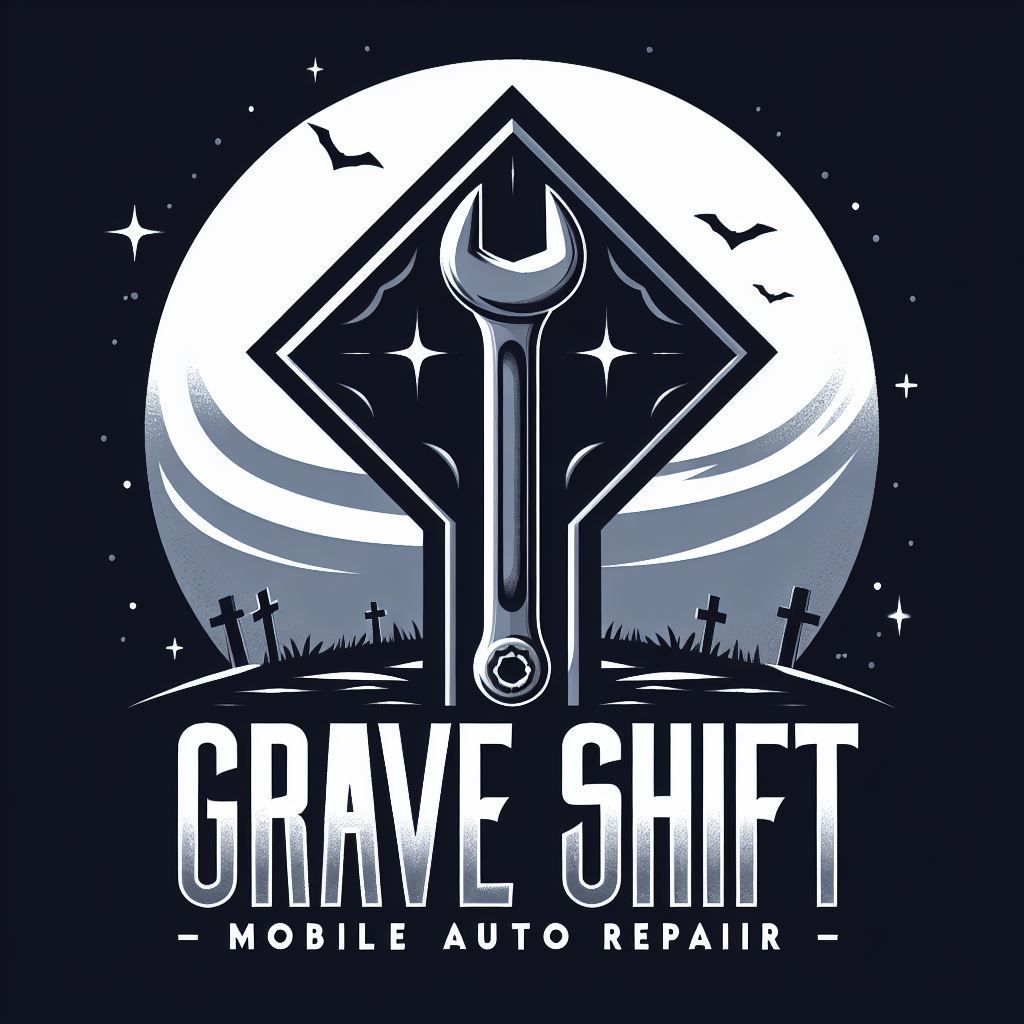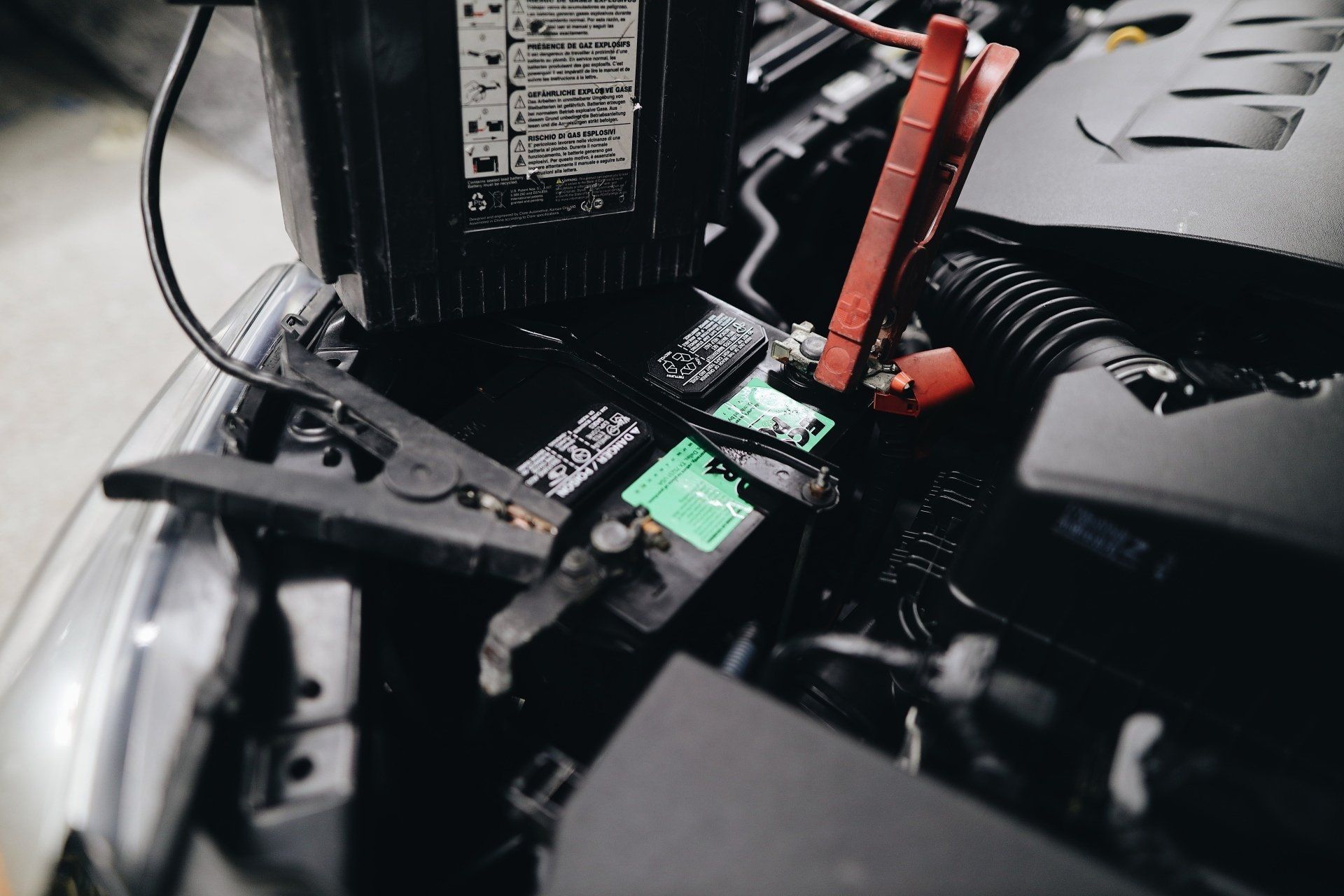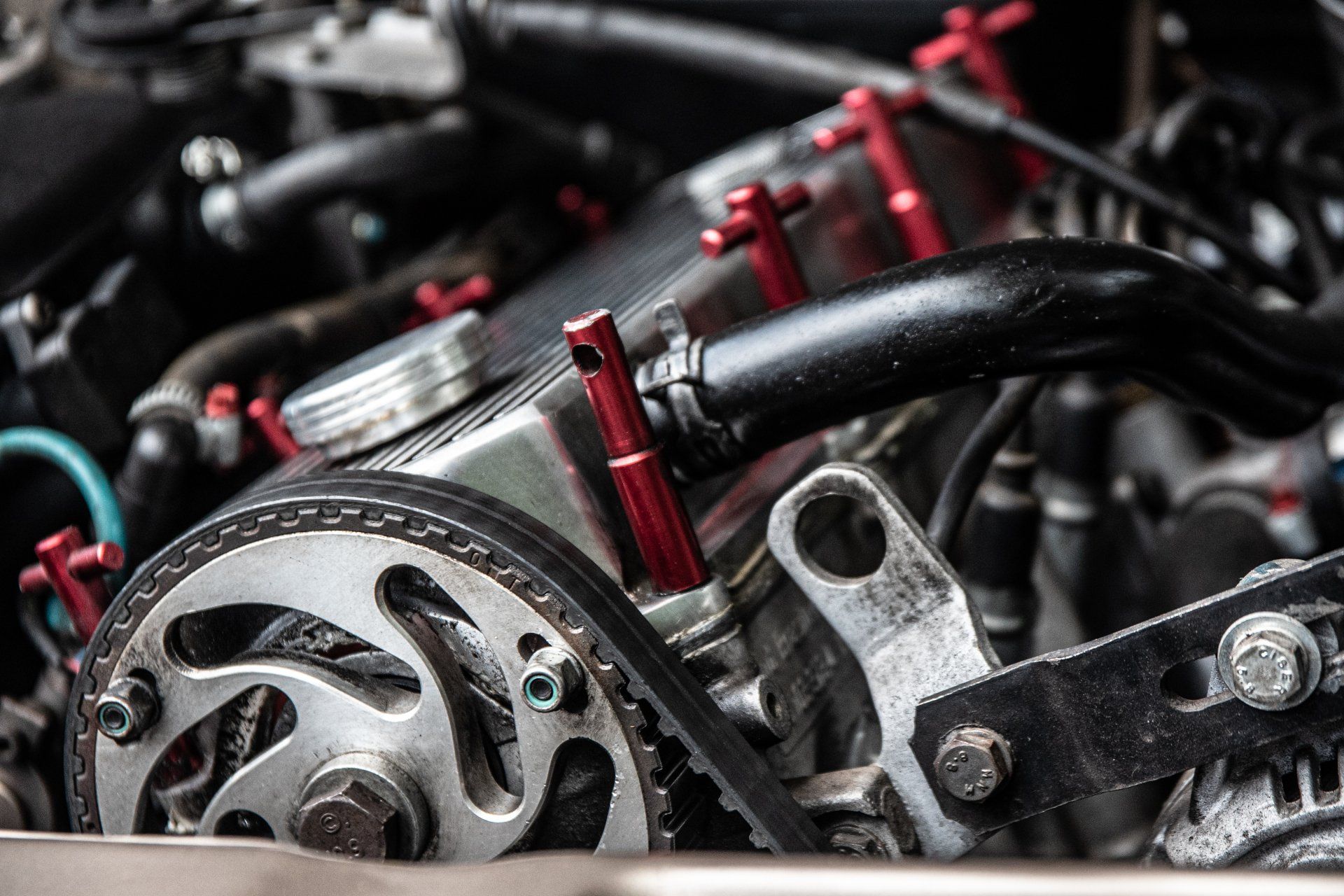

Starting & Charging
Rev Up Your Knowledge: Exploring Vehicle Starting & Charging Systems
Have you ever experienced the frustration of turning the key only to hear a feeble click or nothing at all? Or perhaps your vehicle's lights dimmed, and strange electrical issues cropped up unexpectedly? Fear not! Let's embark on a journey through the intricacies of vehicle starting and charging systems to shed light on these common automotive mysteries. Buckle up as we delve into each area in detail by reading each Service Section found below.
In conclusion, understanding the intricacies of vehicle starting and charging systems empowers you to address common issues and ensure reliable vehicle operation. Whether it's replacing a worn-out battery, installing a new alternator, or servicing battery cables, staying informed ensures your vehicle remains ready to hit the road with confidence. Say goodbye to frustrating starting issues and hello to smooth, reliable engine cranking every time you turn the key!
Battery Replacement
The battery is the heart of your vehicle's electrical system, providing the initial power needed to start the engine and supply electricity to various components. If your battery becomes weak or fails, replacing it involves removing the old battery and installing a new one to restore reliable starting power.
Battery Cable Terminal End Service or Replacement
The battery cable terminals connect the battery cables to the battery terminals, ensuring a secure and reliable electrical connection. If a terminal becomes corroded or damaged, servicing or replacing it involves cleaning or replacing the terminal to ensure proper electrical contact and prevent voltage loss.
Alternator Replacement
The alternator converts mechanical energy from the engine into electrical energy to charge the battery and power the vehicle's electrical system. If the alternator fails or malfunctions, replacing it involves removing the old alternator and installing a new one to ensure proper charging and electrical system functionality.

Battery Cable Replacement
Battery cables transmit electrical power from the battery to the starter and other electrical components. If a cable becomes corroded or damaged, replacing it involves removing the old cable and installing a new one to ensure proper electrical conductivity and prevent voltage drop.
Alternator Belt Replacement
The alternator belt drives the alternator, which charges the battery and provides power to the electrical system while the engine is running. If the belt becomes worn or damaged, replacing it involves removing the old belt and installing a new one to ensure proper alternator operation and charging efficiency.
Starter Replacement
The starter motor engages the engine's flywheel to crank the engine and initiate the combustion process. If the starter fails or malfunctions, replacing it involves removing the old starter and installing a new one to ensure reliable engine starting, however on some vehicles, many components may need to come off the vehicle to access this part.

All Rights Reserved | GraveShiftMobileAutoRepair